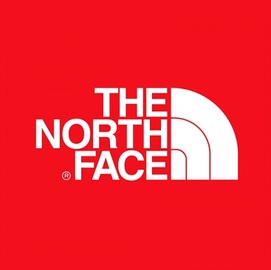Introduction

One of the highlights of winter for many outdoor enthusiasts is the chance to ski down a long hill covered with powdery white snow. The exhileration of the pristine surroundings and vigorous exercise gives them a rush that many cherish through the long months of summer and sun. The experience can be less thrilling if the ski clothing that is worn is bulky and uncomfortable. Unless it is designed for ski-wear, the outfit can become damp from snow and sweat. The solution both professional and amateur skiers use for long-term comfort is to layer their ski clothing. With proper apparel, worn in layers that make sense for each type of fabric's use, the skiing event can turn into an enjoyable day without fear of discomfort, cold and having to cut short the time on the mountain.
History
In the early days when skiing became recognized as a legitimate sport rather than simply a necessary method of getting around in snowy weather, it didn't take long before skiers realized that regular outdoor clothing was not adquate. Those who wore jeans and a heavy coat quickly discovered that they got cold and wet so rapidly that their enjoyment of the downhill slaloms and runs was cut short when they had to return to a warmer environment. Sports clothing manufacturers began producing water-resistant trousers and jackets that improved the situation. As new fabrics became available, the technology was adopted to make clothing that could be worn near the body for warmth while an outer layer could be made with better treatments to resist water. As the skiing became more popular, both as a sporting event and a family outdoor activity, methods of layering various types of ski clothing developed that ensure a safe, warm day out in the snowy elements.
Features
The inner layer of ski clothing worn closest to your skin is typically made of synthetic fiber or silk. This type of material serves as a wick to draw the moisture of sweat away from your skin. Not only does your body retain a dry feeling, but the moisture that could cause a chill is drawn away from your skin. When you shop for this layer of ski clothing, it will typically be labeled as thermal underwear and show the percentage of wicking fibers included in the fabrication.
The middle layer of ski clothing is often refered to as the insulation layer. Its advantage is that it holds your body heat, preventing it from escaping and dropping your body temperature. This layer is typically made of fleece or wool, which have small fiber-lengths that essentially trap heat in. Another advantage is that this layer can be designed with very fashionable colors and patterns. When you return to the ski lodge and take off your jacket, you can still look great in your ski clothing even if you have exerted yourself for hours on the slopes.
The outer layer of ski clothing is made of very tightly woven material that resists the wind as you move quickly down the slope. The tight weave and a water-repellant help keep the middle and inner layers of the ski clothing from getting soaked from the snow or any other percipitation. The outer layer is designed for practical purposes, but can also have fashionable colors and detailing.
Tips and comments
Coordinate your ski clothing with a warm hat, colorful scarf, sturdy ski gloves and protective ski boots.